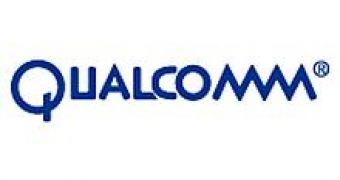QUALCOMM Incorporated announced the launch of its mShop 1.1 shopping client on U.S. Cellular's Easydge wireless data service. mShop, a key feature of QUALCOMM's uiOne offering, brings improved discovery, shopping and promotion capabilities to Easyedge, allowing U.S. Cellular to better market and deliver wireless data applications and services.
With mShop, U.S. Cellular can offer a dynamic, on-device shopping portal that can be delivered and updated over-the-air with instant access to shopping and without the delays common in many WAP-based shopping environments. The mShop portal features numerous areas to promote special applications, including a prominent banner area, and offers subscribers new ways to learn about applications and services before they purchase them, including text descriptions and screenshots.
"With mShop's on-device portal, applications and services can be purchased with ease and speed," said Arvin Chander, vice president of carrier relations for QUALCOMM Internet Services. "mShop and uiOne give operators new ways to reach customer segments and give customers new ways to discover the applications and services most relevant to them. By receiving more targeted, graphically-rich promotions and more detailed information at the point of purchase, mShop consumers can easily find what they are looking for. U.S. Cellular's decision to launch mShop demonstrates the importance it places on offering a high-quality wireless data experience to its customers."
The BREW solution drives the discovery and delivery of data services. BREW operators and their subscribers can benefit from several offerings, which include: uiOne for dynamic user experiences; deliveryOne for the delivery of advanced wireless data content and services; and marketOne for a quick-to-market content delivery service.
U.S. Cellular launched its BREW-enabled easy-edge service in 2003 and announced its agreement with QUALCOMM for customized user interface support based on uiOne in May 2006.

 14 DAY TRIAL //
14 DAY TRIAL //